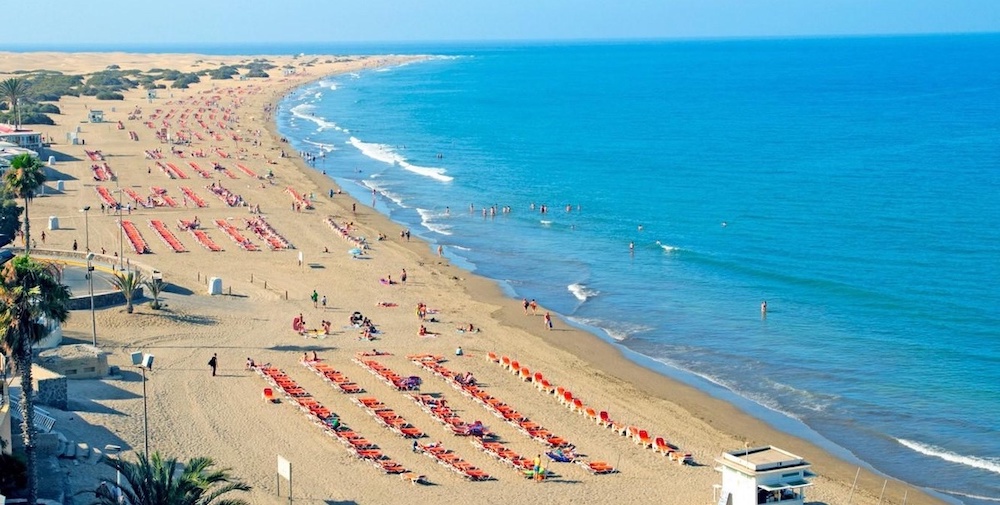
Getting vaccinated yourself may also protect people around you, particularly people at increased risk for severe illness from COVID-19.

COVID-19 vaccination helps protect you by creating an antibody response without you having to experience sickness. Getting a COVID-19 vaccination is also a safer way to build protection than getting sick with COVID-19. Getting sick with COVID-19 can offer some protection from future illness, sometimes called “natural immunity,” but the level of protection people get from having COVID-19 may vary depending on how mild or severe their illness was, the time since their infection, and their age.

One study showed that, for people who already had COVID-19, those who do not get vaccinated after their recovery are more than 2 times as likely to get COVID-19 again than those who get fully vaccinated after their recovery.Īll COVID-19 vaccines currently available in the United States are effective at preventing COVID-19. Getting a COVID-19 vaccine gives most people a high level of protection against COVID-19 and can provide added protection for people who already had COVID-19. Learn more about what ingredients are and are not in Pfizer-BioNTech, Moderna, Novavax, or Johnson & Johnson/Janssen COVID-19 vaccines.ĬOVID-19 vaccination causes a more predictable immune response than infection with the virus that causes COVID-19. This process is a part of normal body functioning.ĬOVID-19 vaccines do NOT contain ingredients like preservatives, tissues (like aborted fetal cells), antibiotics, food proteins, medicines, latex, or metals. After the body produces an immune response, it discards all the vaccine ingredients just as it would discard any information that cells no longer need. This response helps protect you from getting sick with COVID-19 in the future.

The Novavax COVID-19 vaccine includes harmless pieces (proteins) of the virus that causes COVID-19 they are pieces of what is often called the “spike protein.” These give instructions to cells in your body to create an immune response. Pfizer-BioNTech and Moderna COVID-19 vaccines also contain messenger RNA (mRNA) and the Johnson & Johnson/Janssen COVID-19 vaccine contains a harmless version of a virus unrelated to the virus that causes COVID-19. Conclusions and the future 582 Acknowledgements 583 References 583.Exact vaccine ingredients vary by manufacturer. Interactions with other signalling pathways 577 VI. By integrating the available data, both at the cellular and subcellular level, we should be able to construct a solid foundation for further dissection of phytochrome signal transduction in plants. An emerging view from this is that phytochrome signalling is separated into several subcellular organelles and that these are interconnected in order to execute accurate responses to changes in the light environment. In addition, proteasome-mediated degradation of signalling intermediates most probably act in concert with subcellular partitioning events as an integrated checkpoint. Moreover, detailed characterization of signalling intermediates has demonstrated that various branches of the signalling network are spatially separated and take place in different cellular compartments including the nucleus, cytosol, and chloroplasts. The discovery that some phytochromes and signalling intermediates show light-dependent nucleo-cytoplasmic partitioning has not only led to the suggestion that early signalling events take place in the nucleus, but also that subcellular localization patterns most probably represent an important signalling control point.

However, through a combination of molecular, genetic and cell biological approaches, it is becoming increasingly evident that phytochrome signalling constitutes a highly ordered multidimensional network of events. Phytochrome signal transduction has in the past often been viewed as being a nonspatially separated linear chain of events.


 0 kommentar(er)
0 kommentar(er)
